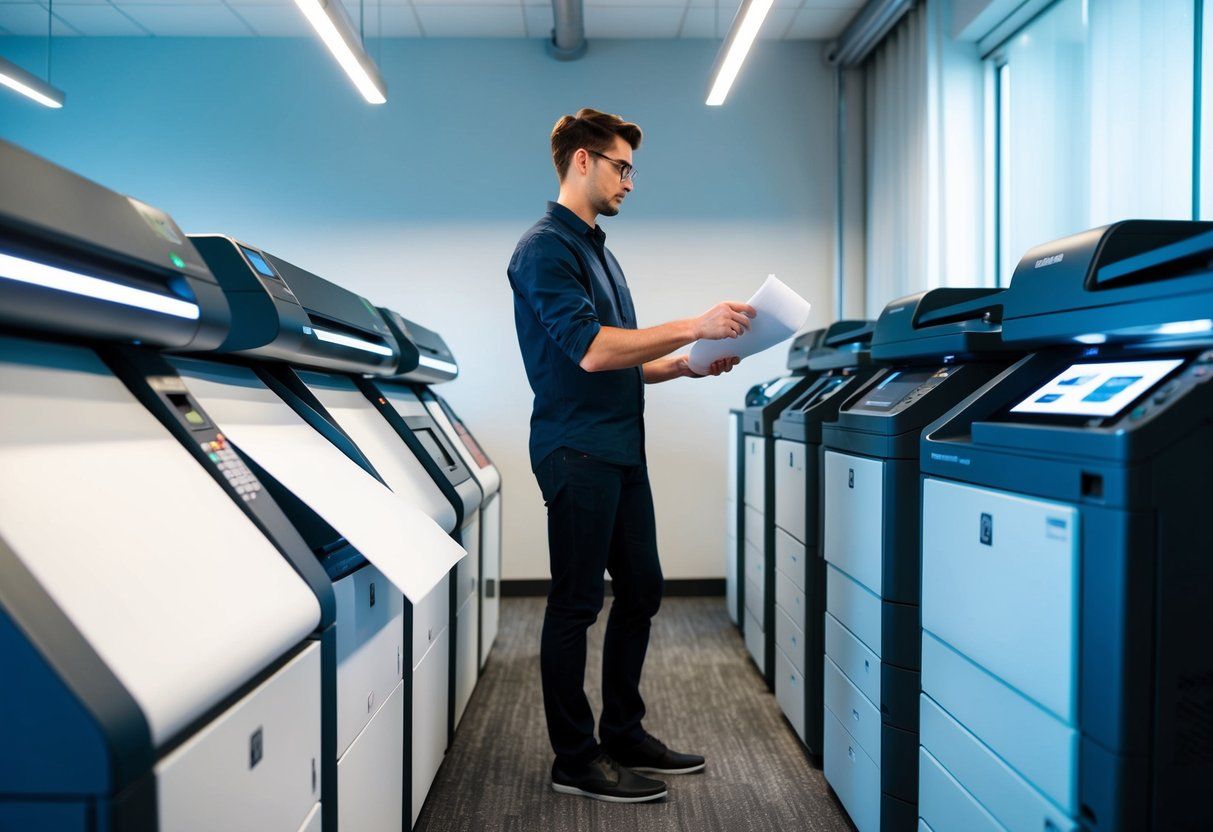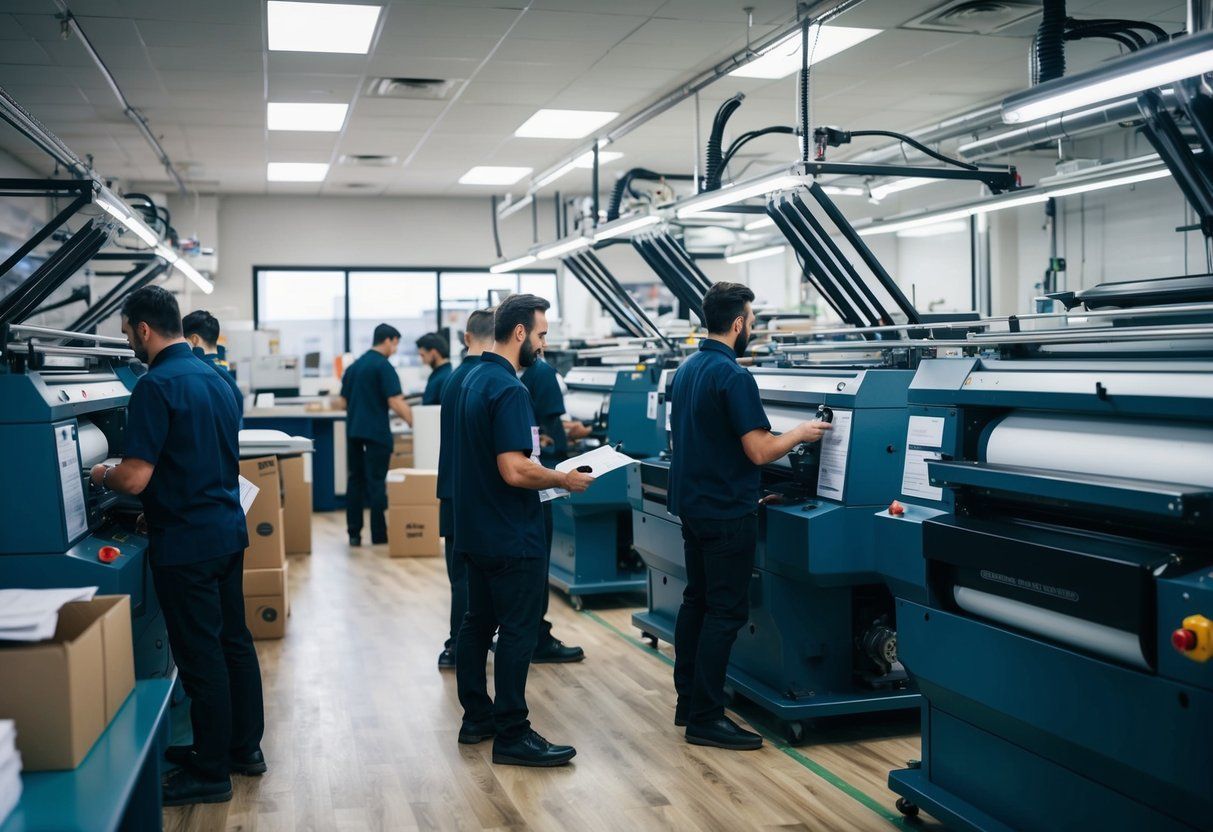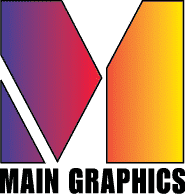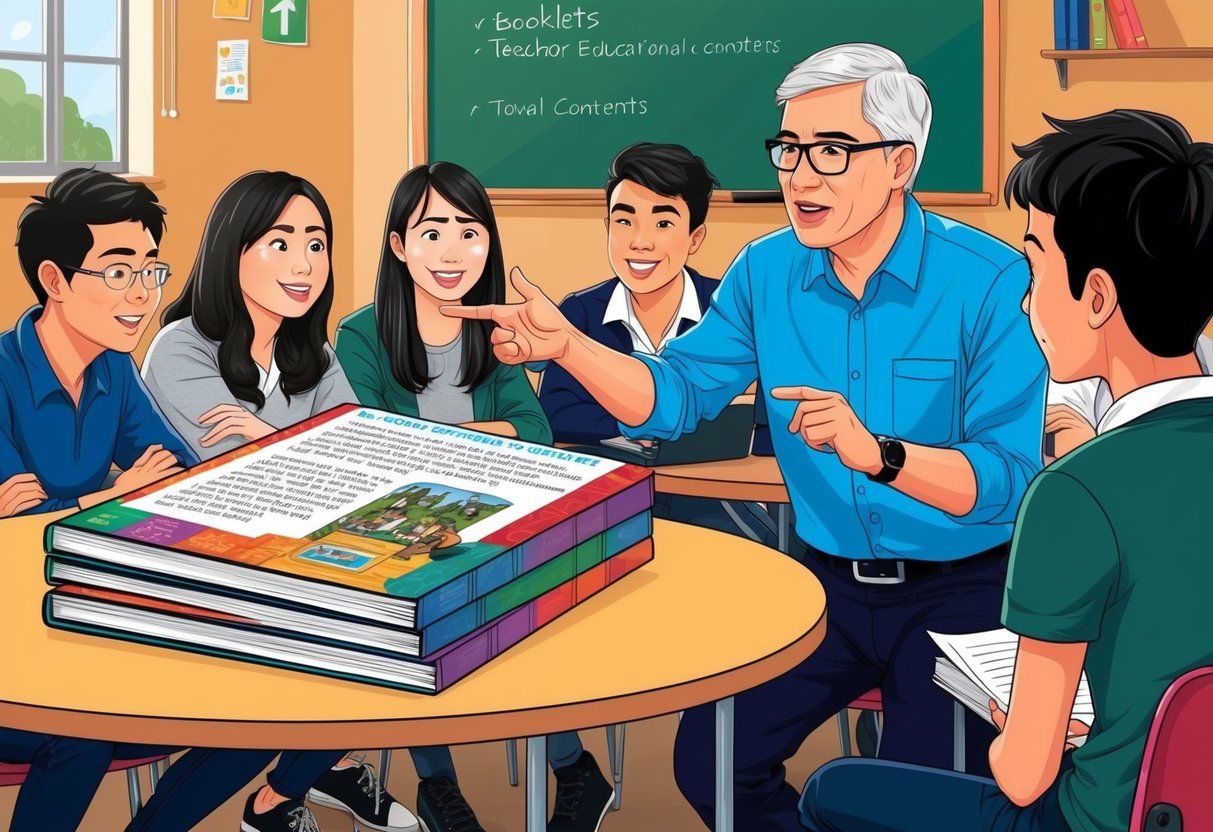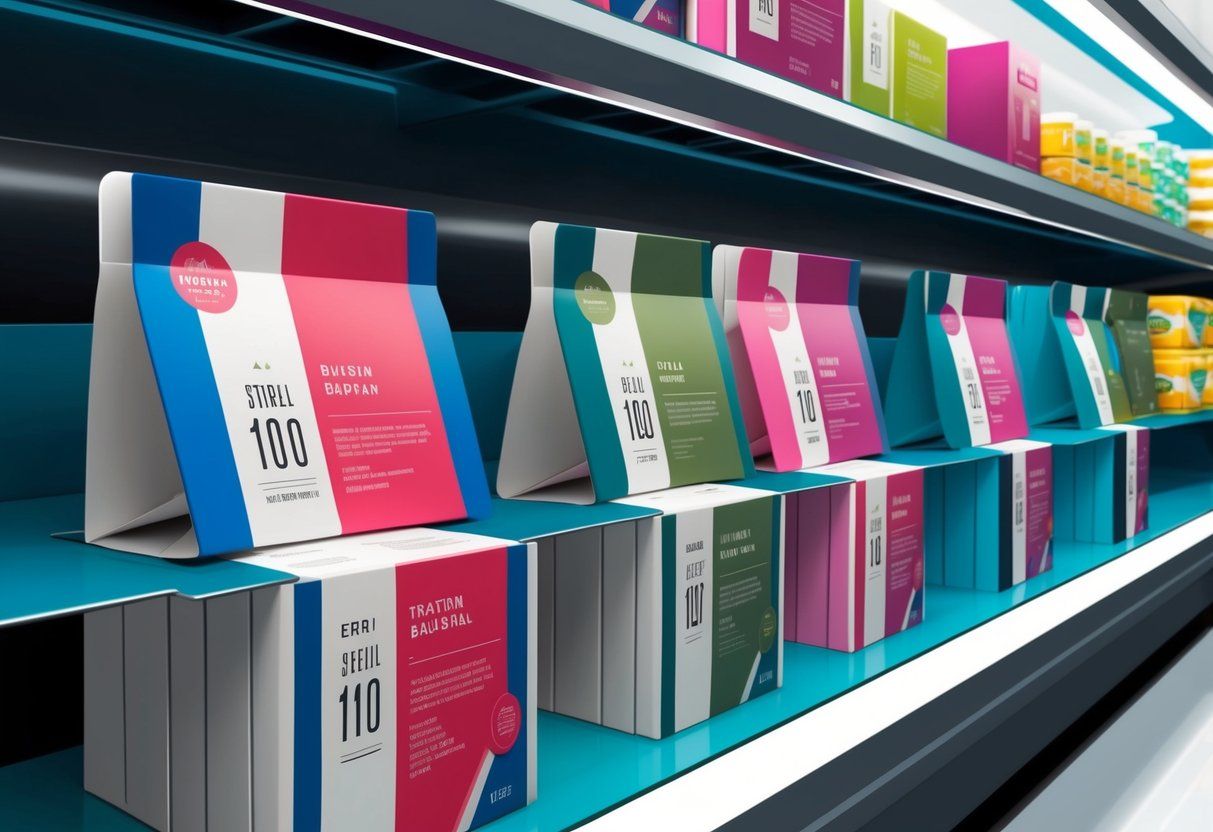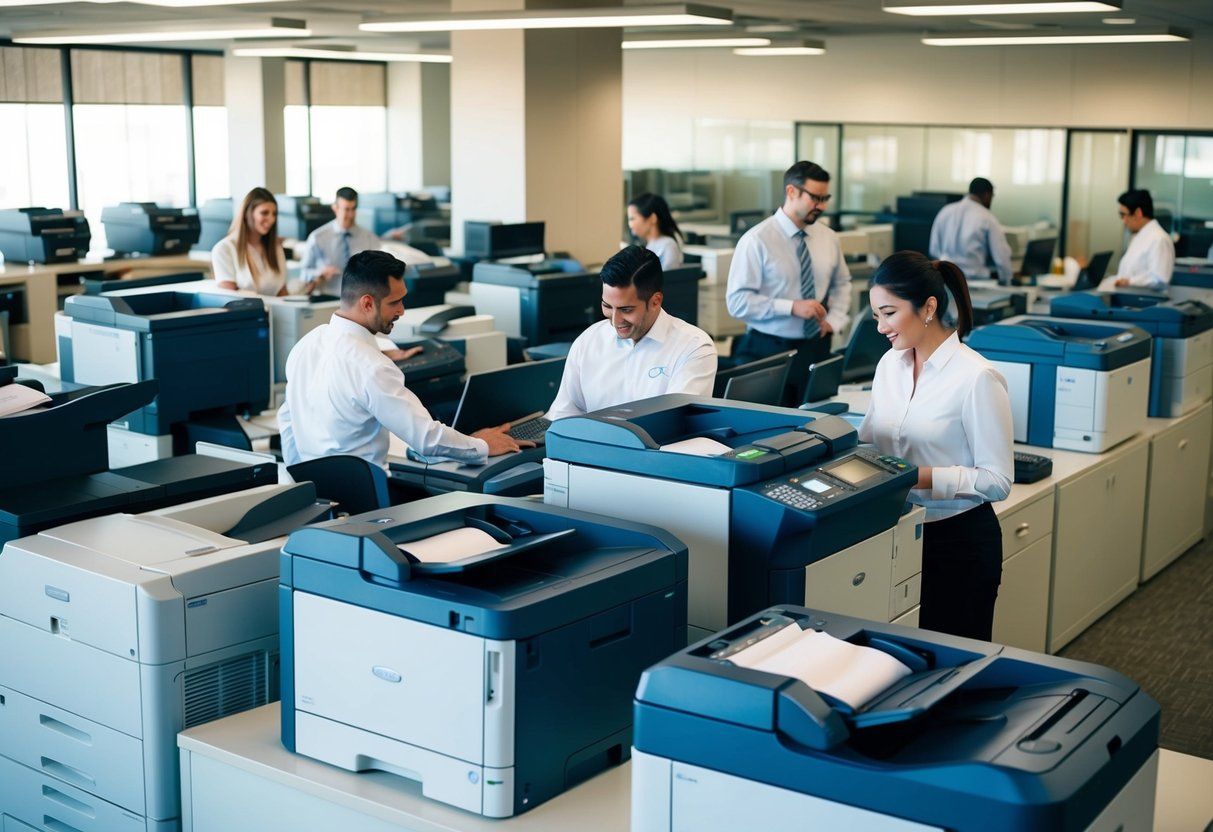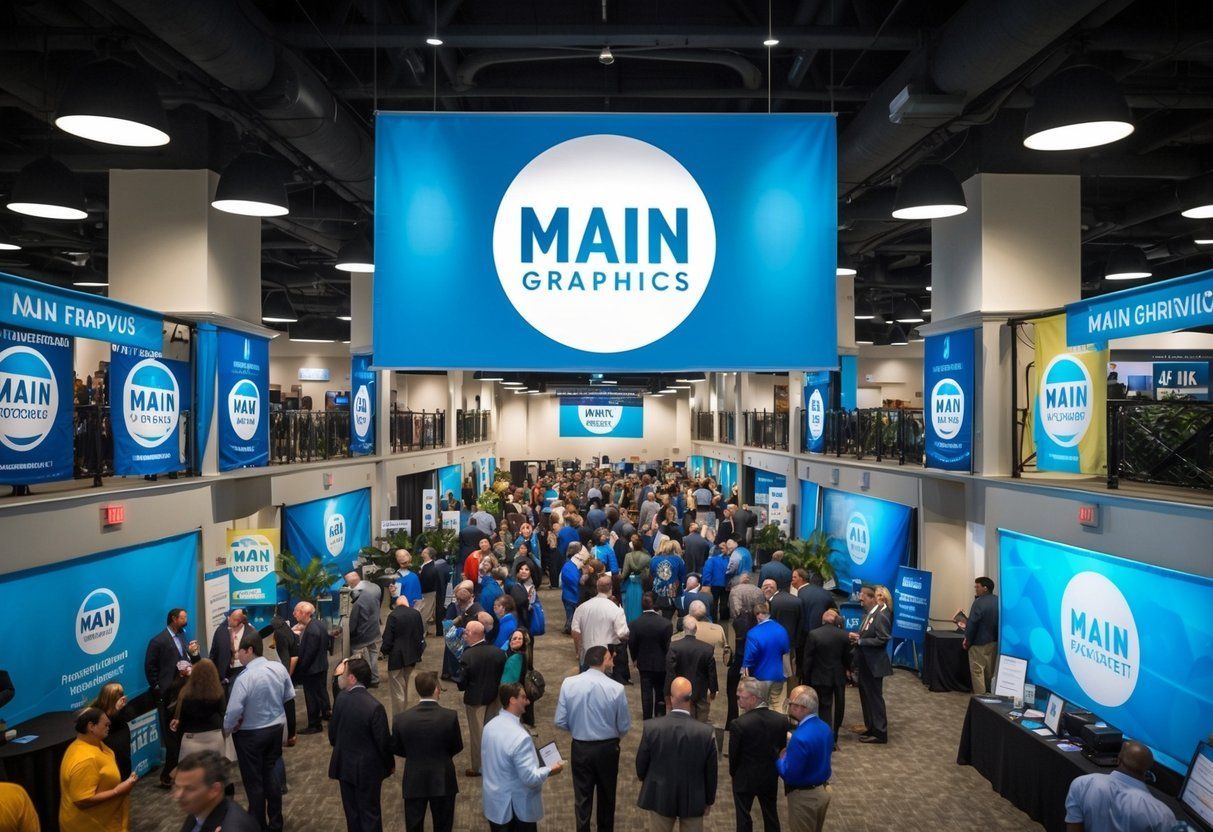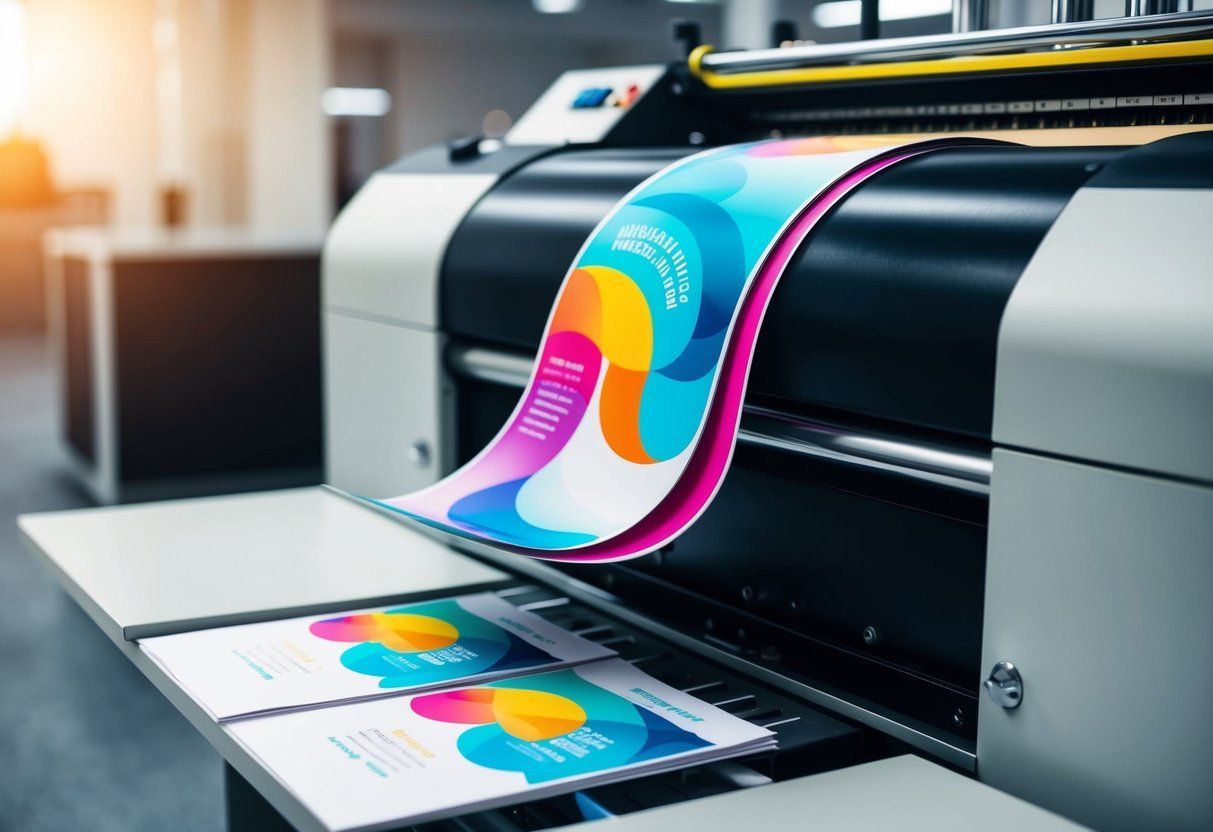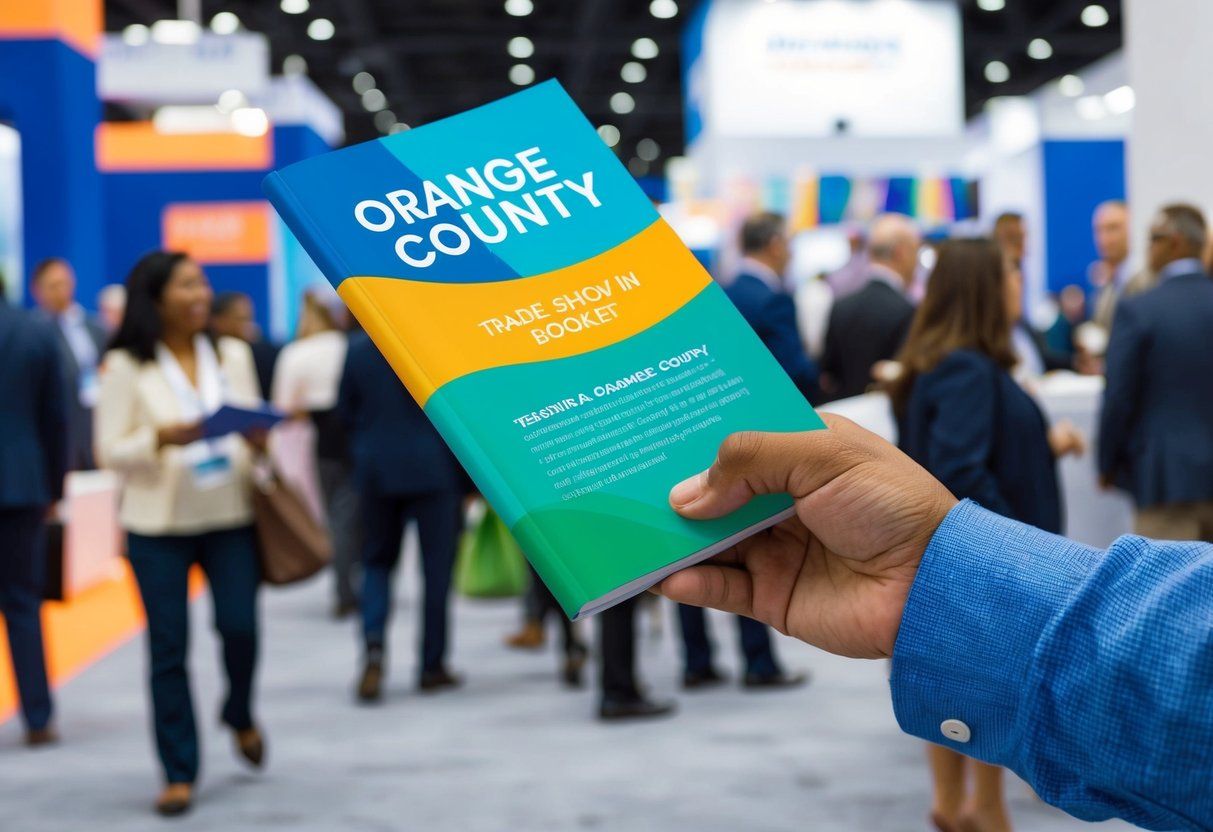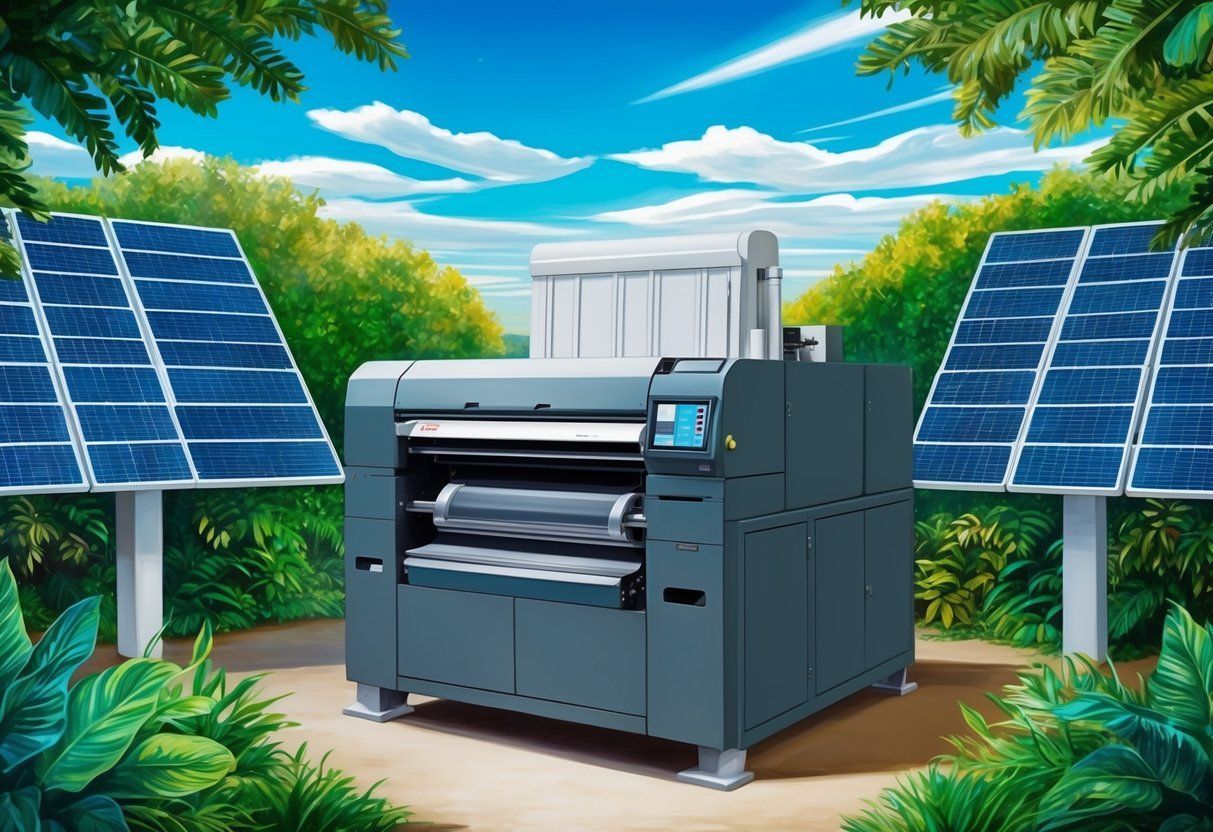Exploring the Benefits of High-Quality Brochure Printing for Your Business
High-quality brochure printing is a powerful marketing tool for businesses of all sizes. Brochures are versatile, cost-effective, and provide a tangible representation of your brand. They allow you to showcase your products or services, highlight your unique selling proposition, and provide contact information for potential customers.

One of the primary benefits of high-quality brochure printing is the ability to stand out in a crowded market. With so many businesses vying for attention, it can be challenging to capture the attention of potential customers. A well-designed brochure with eye-catching graphics and compelling copy can help your business get noticed and make a lasting impression.
In addition to being visually appealing, brochures are also an effective way to provide detailed information about your products or services. Unlike digital marketing materials, brochures can be easily shared and passed around, making them an ideal tool for trade shows, networking events, and other in-person marketing opportunities. By providing potential customers with a physical copy of your brochure, you can increase the chances of them remembering your brand and taking action.
The Importance of Brochure Quality
When it comes to marketing your business, brochures are an effective and versatile tool. They can be used to showcase products or services, provide information about your business, or promote a special offer. However, not all brochures are created equal, and the quality of your brochure can have a significant impact on its effectiveness.
One of the most important aspects of brochure quality is the paper used. High-quality paper not only looks and feels better, but it also conveys a sense of professionalism and attention to detail. Cheap, flimsy paper can give the impression that your business is unprofessional or unreliable.
Another key factor in brochure quality is design. A well-designed brochure can capture the attention of potential customers and communicate your message effectively. A poorly designed brochure, on the other hand, can be confusing or unappealing, causing potential customers to lose interest.
Investing in high-quality brochure printing can also demonstrate your commitment to your business and your customers. By choosing to create a brochure that looks and feels professional, you are sending a message that you take your business seriously and that you are willing to invest in its success.
In summary, the quality of your brochure can have a significant impact on how your business is perceived. By using high-quality paper, investing in professional design, and choosing a reputable printing company, you can create a brochure that effectively communicates your message and conveys a sense of professionalism and reliability.
Designing for Impact

When it comes to brochure printing, designing for impact is crucial. A well-designed brochure can effectively communicate your message and leave a lasting impression on potential customers. In this section, we will discuss some key elements to consider when designing a brochure that makes an impact.
Creating a Compelling Narrative
A professionally designed brochure should tell a story that engages the reader and highlights the benefits of your products or services. The narrative should be clear, concise, and easy to follow. Consider using bullet points or a numbered list to break up the text and make it more digestible.
Incorporating Brand Identity
Your brochure should be an extension of your brand identity. Incorporating your logo and brand colors is essential to ensure brand consistency and recognition. The design should reflect your brand personality and values, and be consistent with other marketing materials.
Choosing the Right Brochure Type
There are several types of brochures to choose from, including tri-fold, half-fold, French fold, and double parallel fold brochures. The type of brochure you choose will depend on the amount of information you need to convey and the design elements you want to incorporate. For example, a tri-fold brochure is great for providing a lot of information in a compact format, while a French fold brochure is ideal for showcasing high-quality images.
In conclusion, designing a high-quality brochure is essential for any business looking to make an impact. By creating a compelling narrative, incorporating brand identity, and choosing the right brochure type, you can effectively communicate your message and leave a lasting impression on potential customers.
Brochure Printing Techniques
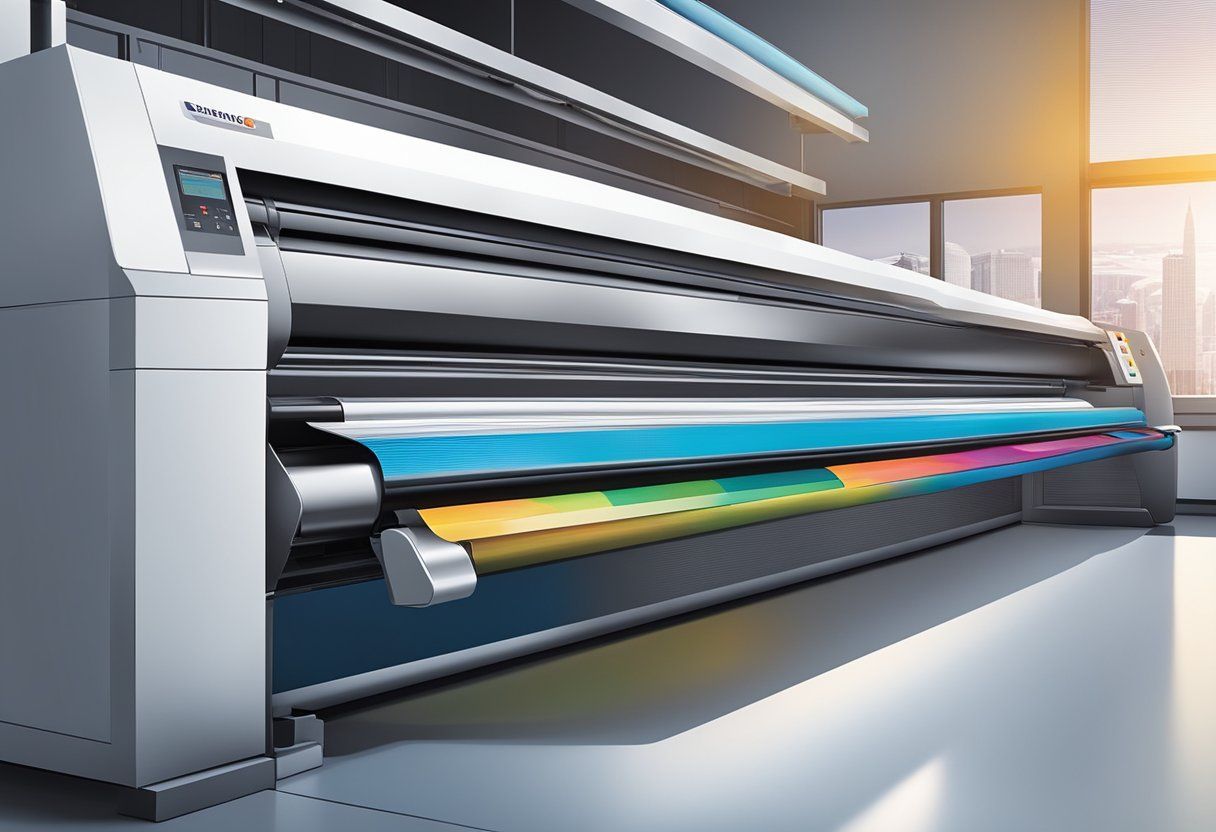
When it comes to printing brochures, there are several techniques that can be used to achieve high-quality results. In this section, we’ll explore two important aspects of brochure printing: selecting paper and size, and understanding folding options.
Selecting Paper and Size
Choosing the right paper and size for your brochure is crucial to achieving a professional look and feel. There are various paper options available, including glossy, matte, and textured finishes. Glossy paper is ideal for brochures with high-quality images, while matte paper is better suited for brochures with a lot of text. Textured paper can add a unique touch to your brochure, but it’s important to ensure that the texture doesn’t interfere with the readability of your content.
In terms of size, the most common options for brochures are 8.5 x 11 inches, 8.5 x 14 inches, and 11 x 17 inches. The size you choose will depend on the amount of content you want to include and the overall design of your brochure.
Understanding Folding Options
Folding is an important aspect of brochure printing as it determines how your content will be presented to your audience. There are several folding options available, including the tri-fold brochure, Z fold, French fold brochure, double parallel fold, and roll fold.
The tri-fold brochure is the most common option and involves folding the paper into three equal sections. This creates six panels for your content. The Z fold involves folding the paper back and forth in a zigzag pattern, creating an accordion-like effect. The French fold brochure involves folding the paper in half vertically and then horizontally, creating four panels for your content.
The double parallel fold involves folding the paper in half vertically and then horizontally, creating eight panels for your content. Finally, the roll fold involves folding the paper inward in a spiral pattern, creating a compact brochure that can be easily carried around.
Overall, selecting the right paper and size, and understanding the different folding options available, can help you create a high-quality brochure that effectively communicates your message to your audience.
Distribution Strategies
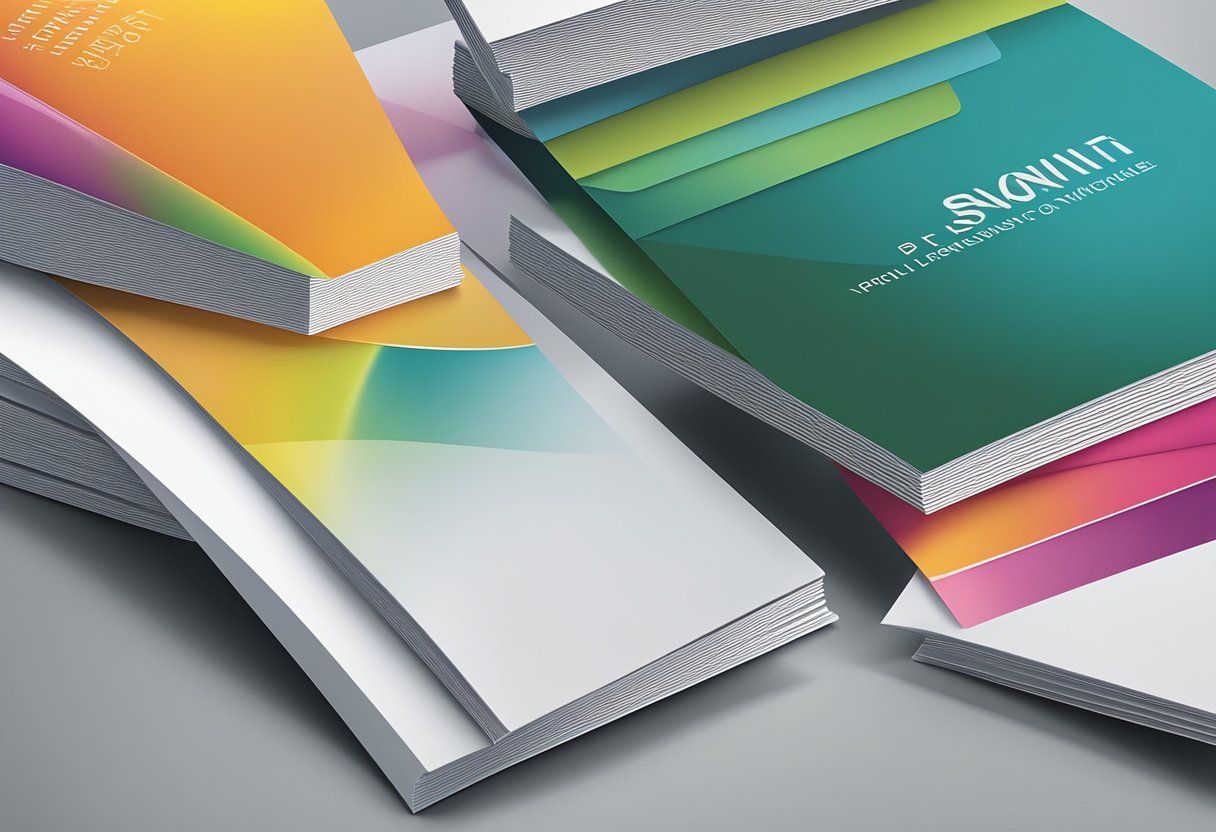
When it comes to promoting your business, a well-designed brochure can be a powerful marketing tool. However, in order to maximize its effectiveness, it is important to have a solid distribution strategy in place. Here are a few ways to get your brochures into the hands of potential customers:
Leveraging Trade Shows and Events
Trade shows and events are a great way to get your brochures in front of a large number of people in a short amount of time. By setting up a stand at a trade show or event, you can showcase your products or services and hand out brochures to interested attendees. This can be a great way to network and make connections with potential customers and partners.
Effective Use of Direct Mail
Direct mail can be a highly effective way to distribute your brochures to a targeted audience. By sending brochures directly to potential customers, you can ensure that your message is reaching the right people. Direct mail can be particularly effective when used in waiting rooms or other places where people have time to read through your brochure.
Overall, a well-designed brochure can be a powerful marketing tool for your business. By leveraging trade shows and events, and using direct mail effectively, you can get your brochures into the hands of potential customers and help to promote your business.
Integrating with Your Marketing Mix
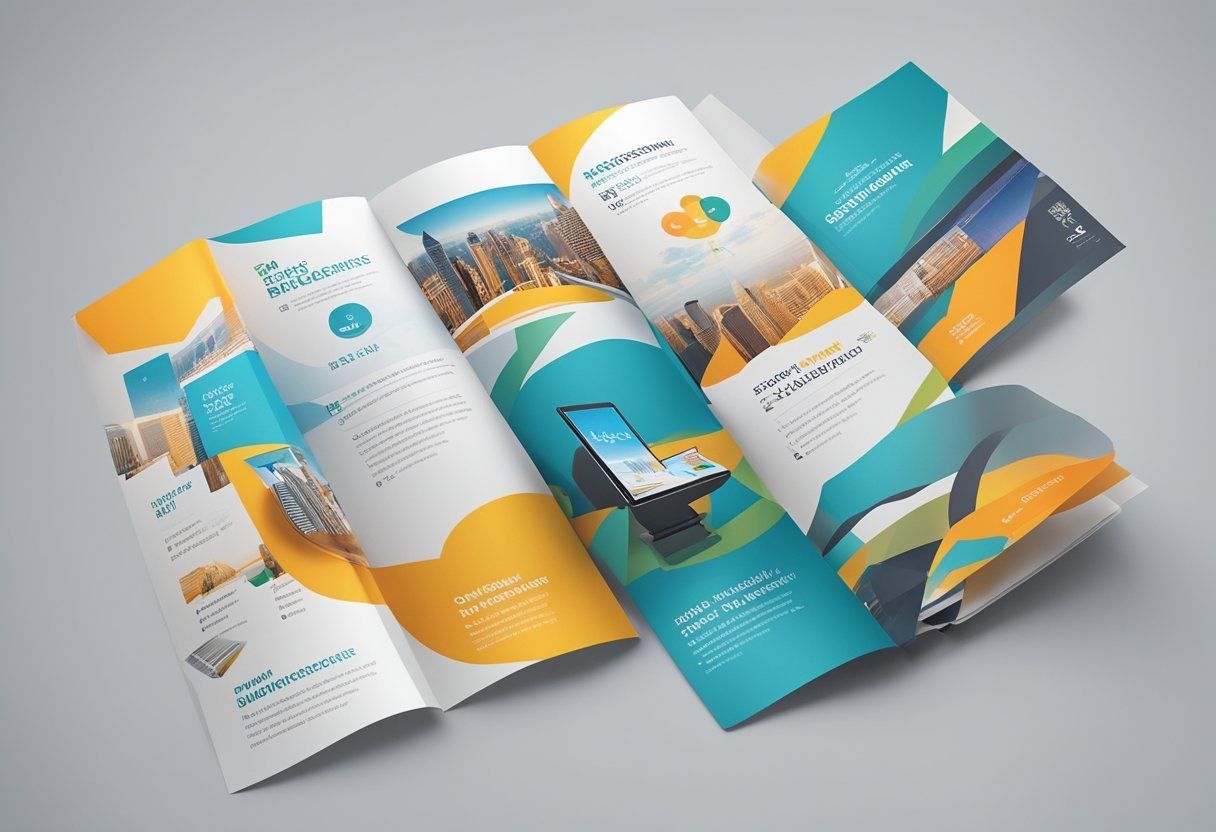
High-quality brochures are a versatile marketing tool that can be integrated into your overall marketing mix to promote your business. Brochures can be used to promote specific products or services, or to provide an overview of your business. They can be used in promotions, as handouts at events, or as part of a direct mail campaign.
Brochures can also be used in digital marketing and online marketing campaigns. They can be downloaded from your website or shared on social media platforms. This allows you to reach a wider audience and promote your business in a crowded marketplace.
In addition to digital marketing, brochures can be used in conjunction with other print materials, such as flyers, business cards, and postcards. This creates a cohesive marketing campaign that promotes your business across multiple platforms.
When integrating brochures into your marketing mix, it is important to consider your target audience and the message you want to convey. Brochures should be designed to appeal to your target audience and should include clear and concise messaging.
Overall, high-quality brochure printing is a valuable tool for promoting your business and should be considered as part of your overall marketing strategy.
Measuring the Success of Your Brochures
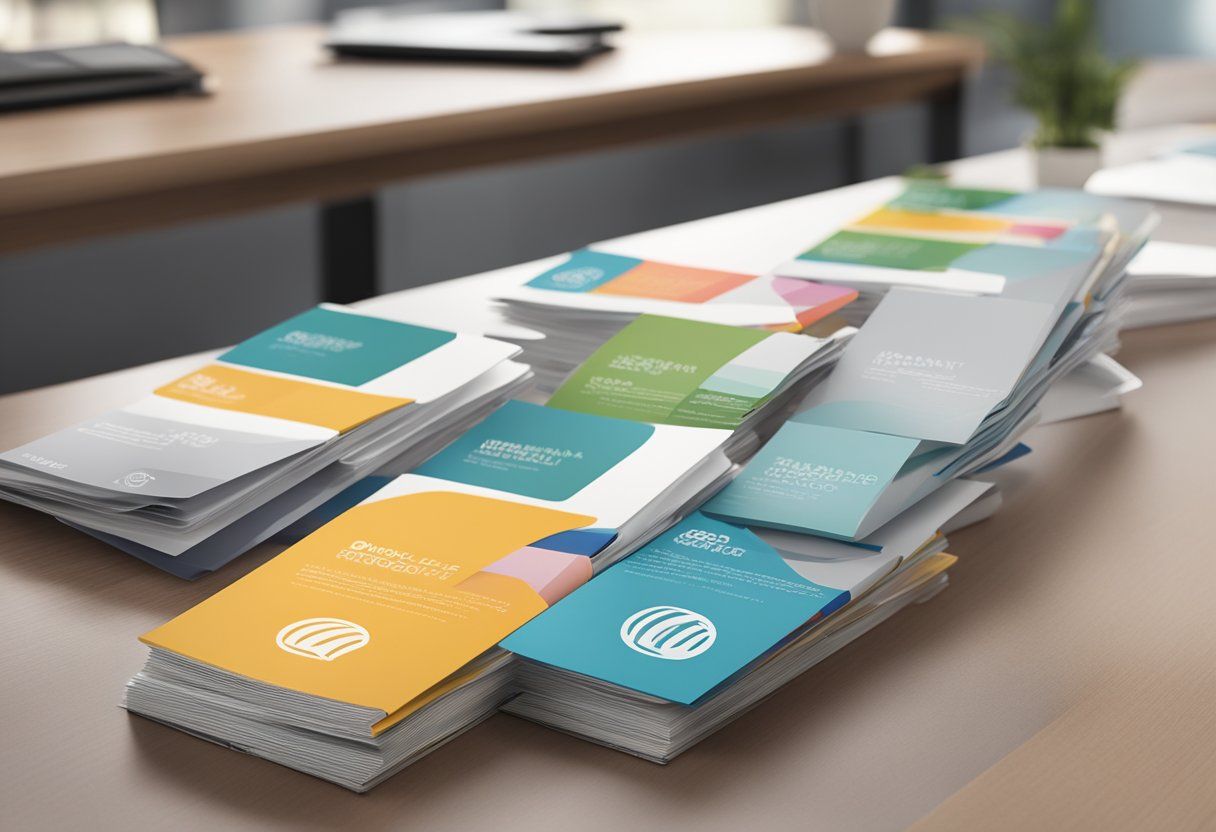
Once your brochures have been printed and distributed, it is important to measure their success in order to determine their effectiveness. There are several ways to measure the success of your brochures, including:
Audience Response
One of the most important ways to measure the success of your brochures is to gauge the response of your target audience. This can be done by asking for feedback through surveys or by tracking sales and inquiries that result from the distribution of your brochures.
Content Quality
Another important factor in measuring the success of your brochures is the quality of the content. A well-designed brochure with clear, concise, and informative content that is relevant to your target audience will be more effective than one with poor content.
Future Reference
Brochures can also be used as a reference tool for future customers. If your brochure is well-designed and informative, it may be kept by potential customers for future reference. This can lead to more sales and inquiries in the future.
Tangible Results
Measuring the tangible results of your brochures can also help determine their success. This includes tracking the number of inquiries, sales, and leads generated from the distribution of your brochures.
Informational and Educational Value
Finally, the informational and educational value of your brochures can also be used to measure their success. If your brochure provides valuable information or educates your target audience on a topic related to your business, it will be more effective than one that does not.
Overall, measuring the success of your brochures is an important step in determining their effectiveness. By gauging audience response, content quality, future reference, tangible results, and informational and educational value, you can determine how well your brochure is performing and make necessary adjustments for future print runs.
Frequently Asked Questions

What key elements contribute to the effectiveness of a business brochure?
A well-designed brochure should have a clear message, eye-catching visuals, and concise content. It should be easy to read and understand, and should provide the reader with a clear call to action.
In what ways can a brochure serve to enhance a company’s brand visibility?
A brochure can help to reinforce a company’s brand by incorporating its logo, color scheme, and other branding elements. When distributed to potential customers, it can increase brand recognition and awareness.
What are the primary objectives when creating a brochure for marketing purposes?
The primary objectives of a brochure are to inform potential customers about a company’s products or services, and to persuade them to take action, such as making a purchase or contacting the company for more information.
How can high-quality brochure printing impact customer perception of a business?
High-quality brochure printing can convey a sense of professionalism and attention to detail, which can positively impact a customer’s perception of a business. It can also make the brochure more visually appealing and engaging, increasing the likelihood that it will be read and retained.
What advantages do printed brochures have over digital marketing materials?
Printed brochures can be more tactile and memorable than digital marketing materials, as they can be physically held and passed between individuals. They can also be more effective at reaching certain demographics, such as older individuals who may be less likely to engage with digital marketing.
How does the quality of brochure printing affect the retention and engagement of potential clients?
The quality of brochure printing can impact the retention and engagement of potential clients by making the brochure more visually appealing and engaging. A high-quality brochure is more likely to be read and retained by potential clients, increasing the likelihood that they will take action based on the information presented.…
